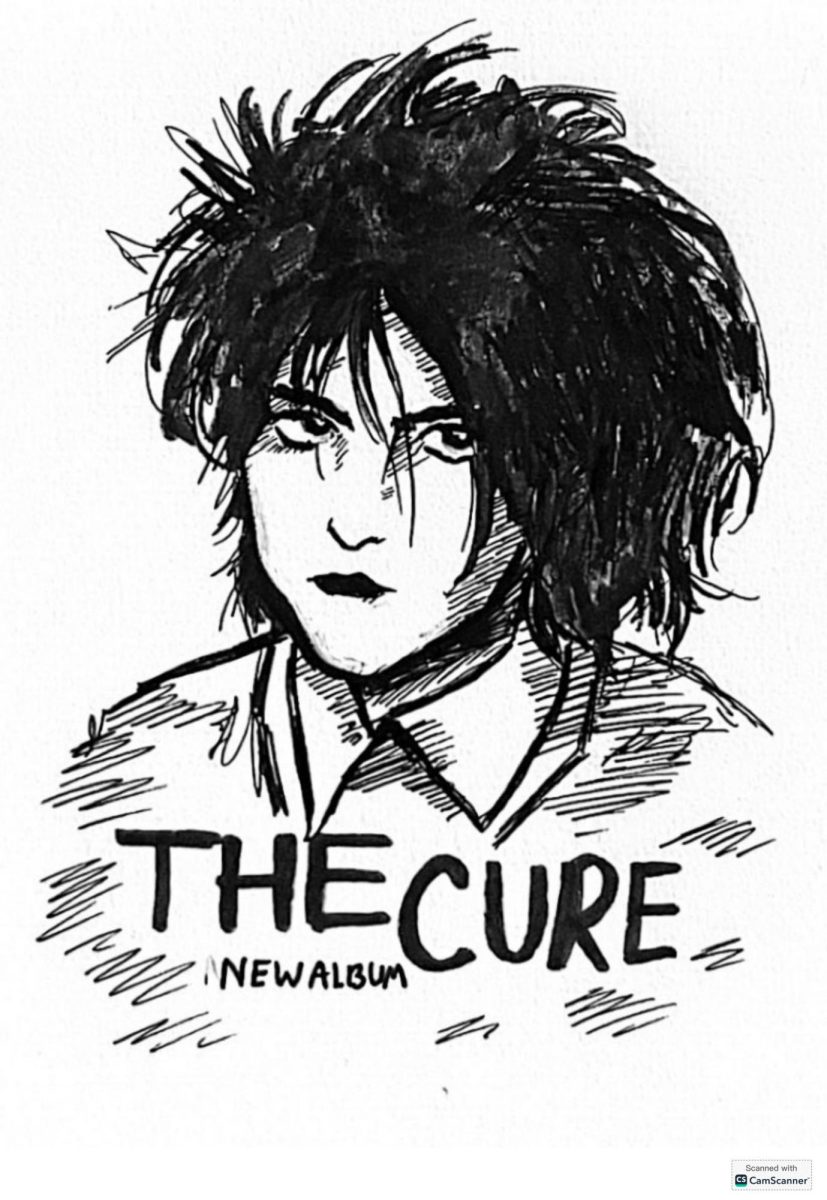The Cure makes an unexpected and exciting return to the music scene with their new album “Songs of a Lost World,” released on Nov 1. Their last album “4:13 Dream” was released 16 years ago in 2008.
Having been an extremely prominent goth influence in the 80’s, nobody could have predicted the band’s comeback this year.
“Songs of a Lost World” is being released in increments; the first song “Alone” was released on Sept. 26, the second, “A Fragile Thing,” on Oct. 9, followed by the rest of the album in the beginning of November. Lead singer, Robert Smith, explains that he was moved to create the album because of grief. He had lost a number of prominent family members in recent years, including his older brother.
The Cure making music again is a wonderfully surprising change to their recent inactivity. Many Aliso students and staff are excited about this new chapter in the band’s story.
Mr. Biggs, who teaches AP Literature, stated, “I look forward to listening to the album! I enjoy their music and I’m shocked that they are still around after so long.”
Similarly, Jackson Milby (12) exclaimed, “As someone who definitely listened to the album, I have to say that every member of the band put their all into the recordings and performances. The entire thing was seething with emotion and had a great impact on me. What an album.”
It is clear that “Songs of A Lost World” was created through deep personal reflection and sadness, but also thoughtful determination. The quality of the album is undeniable, with incredible contribution from long-time bassist Simon Gallup, who has been in the band with Smith since 1979.
In the first song “Alone,” the first three minutes consist of a lovely guitar and synth intro, fans have noted that this intro has been played during the beginning of past concerts, perhaps when the album was only a concept.
The album’s melancholic lyrics and theme are incredibly moving, touching on concepts of life and loss. Smith explores the idea of aging and fading into insignificance, as well as the trials and tribulations of love.
Noticing the sheer heaviness of the music, Smith’s wife Mary Poole told him that their best and most successful works have included upbeat tracks. Robert compromised and created tracks like “And Nothing Is Forever” which contains lyrics that are still sad, but has an upbeat sound. These types of songs offer a unique experience due to their contradictory nature.
Overall, The Cure’s new album is distinctly dismal and wonderfully woeful, offering an opportunity to reflect upon your own feelings about life and death. It appears that Smith and the rest of the band are going the more goth route than ever before, and we can’t wait to see what the future holds.
Even the song titles themselves hold greater significance. For example, one of The Cure’s most popular songs is called “Lovesong” written by Smith for his wife. In the new album, the final song is titled “Endsong,” and predictably contains lyrics that hint at the end of the band itself.
However, Smith has already reported working on new music, so only time will tell what path The Cure will take. Until then, fans from all over the world and every age can anticipate this new album and more excellent work to come.






T- Gill • Nov 17, 2024 at 3:58 pm
they’re awesome still
Tim Sheahan • Nov 17, 2024 at 9:20 am
As a life long Cure fan it’s wonderful to see younger fans enjoying their music.
Cat • Nov 17, 2024 at 6:45 am
Love love love this new song set!! Have been Cure fan since 1979 – they’ve always been above the linear in sound & feeling love you Robert